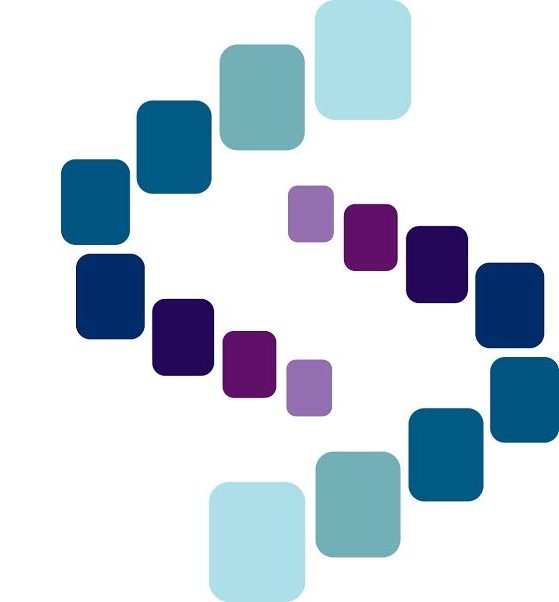By Ingrid Mota
Twitter: @ingridmotta
The playful and imaginary map of the consumer is strongly stimulated every day by the different communication channels to which he is exposed. But also, and very importantly, because of the ever-changing and “targeted” proposals that brands send to win over their specific audiences.
In this regard, the marketer must develop a strong sixth sense to anticipate, guess and even lead the imagination of the consumer, to use it as a tool that allows him to know his incentives and motivators. Everything, with the aim of understanding him, knowing what he wants and consequently offering him products that satisfy his demands in a very “sexy” way.
Benefit – Cost = Consumer Value
A marketing maxim says that in every purchase decision, the consumer asks himself the same question: is what I am going to buy worth it?
The benefit is influenced by the cost of what must be paid to acquire it. This value that consumers give becomes the Cost-Benefit and therefore its differential (positive, hopefully!) in the Consumer Value.
But here we must ask about the different dimensions in which our consumer measures the value of products and services.
Their categorizations can be diverse, but here, due to their function, we subdivide them into 4 groups:
1.- Due to its form and function
It includes the tangible aspects of a product or service such as: aesthetics, durability, ease of use, clarity, comfort, atmosphere in which this service is provided and the way in which the consumer receives it from the person who offers it. .
2.- Point of purchase
It refers to the way in which a product or service is suggested in the place of purchase and the easy access that consumers have to obtain them, either by mail, purchase by telephone with delivery to their doorstep, stores, among others. .
3.- Time utility
It is about the consumer having offers available at the time they need them, which results from planning smart store service hours and sufficient inventory.
4.- Ease of purchase
It results from encouraging the purchase through price, payment methods and post-sale guarantees. Information and telecommunications technologies, the now famous ICTs, are also multiplying and radically changing purchasing channels, via e-commerce and its modality from mobile devices, with the m commerce. All these are already fundamental factors in the acquisition of a product and the formation of consumer value, which can give a lot of advantage and relevance between one brand and another.
The Factor Map
A visualization of all this can help us map the different factors that create Consumer Value:
Font: teacupmarketing.com
The consumer values products and services not simply for what they are, but also for the usefulness that they can have of them, it is not a simple need to have something but how that something helps to satisfy their needs.
Here it is relevant not only to see these elements but also to know the size of the bubbles, that is, the weight that each individual consumer assigns to each one of them in their decision making.
All in all, it goes without saying that brands must invest in knowing what makes them relevant and strengthen their positioning and value to the consumer.
Quality and price play a determining role, however, ensuring that products and services are considered differentiated and with the highest value among all market options is what will ensure success.





